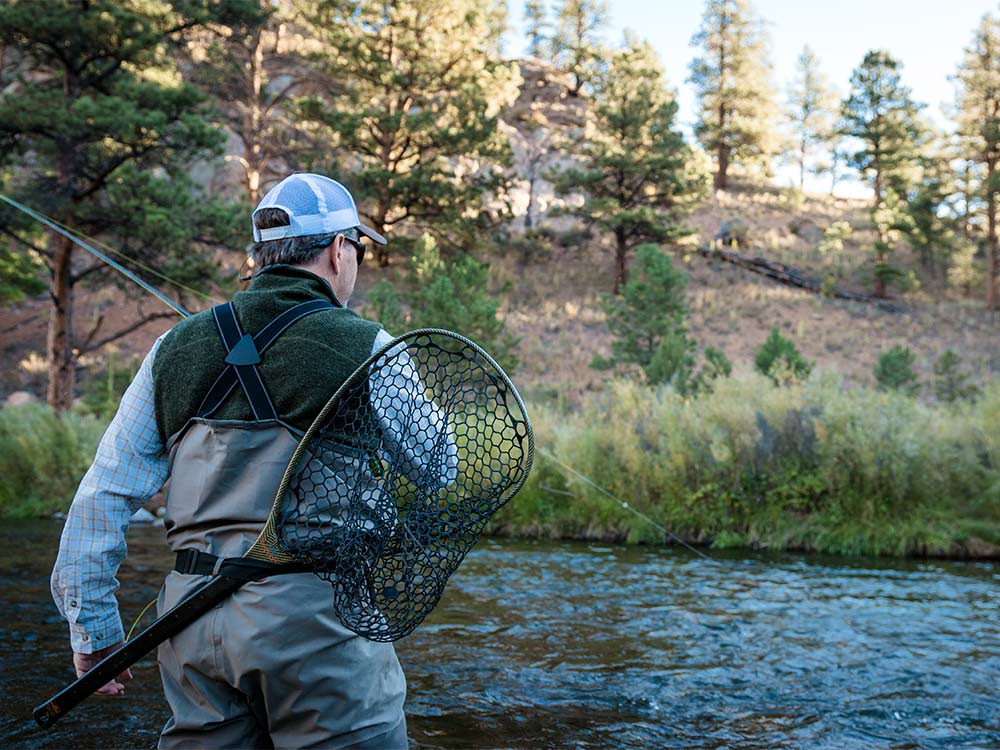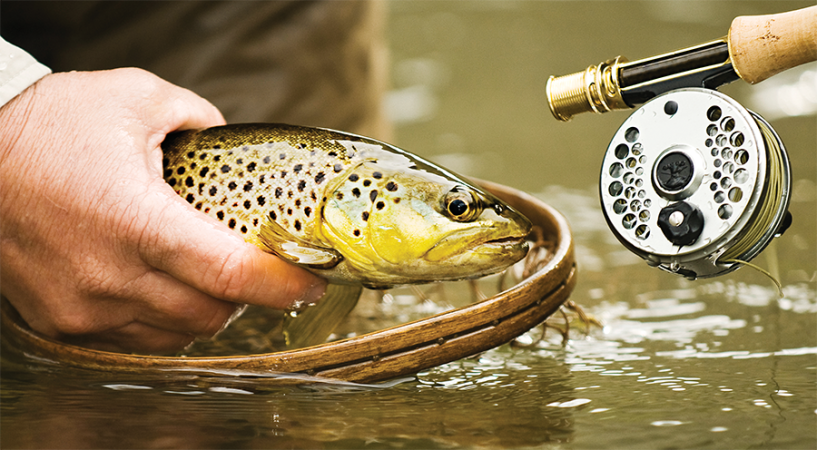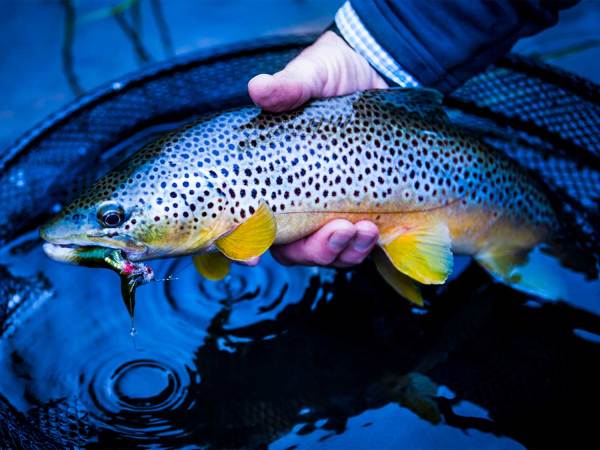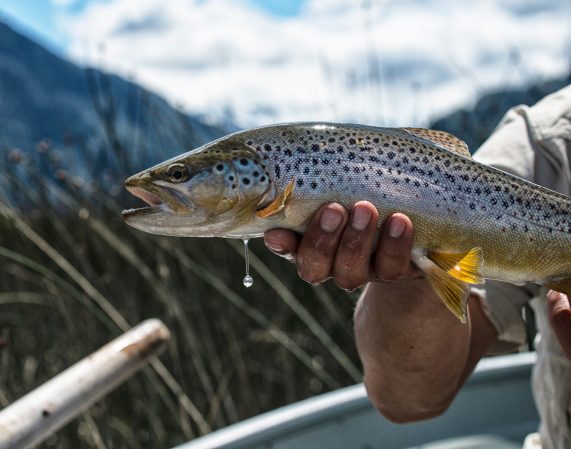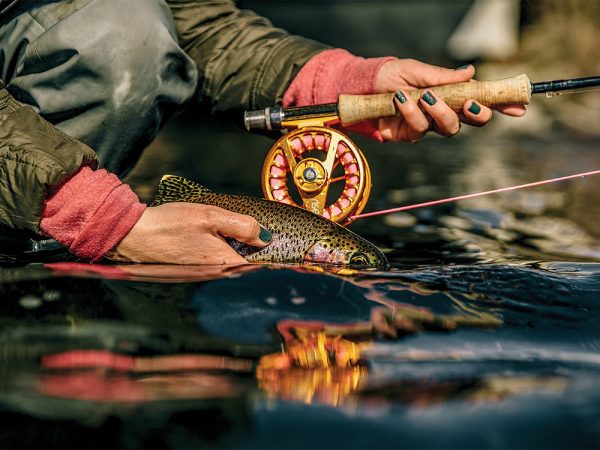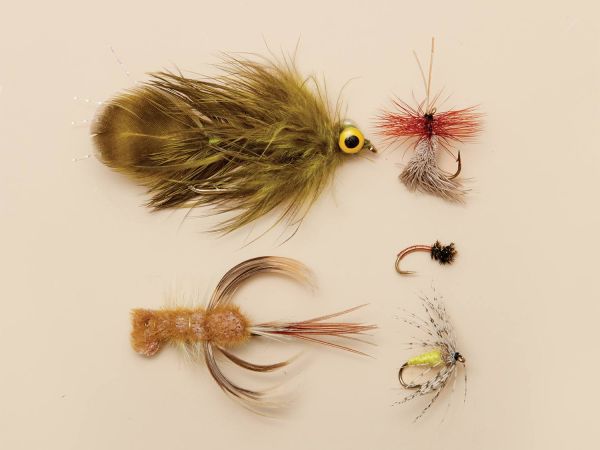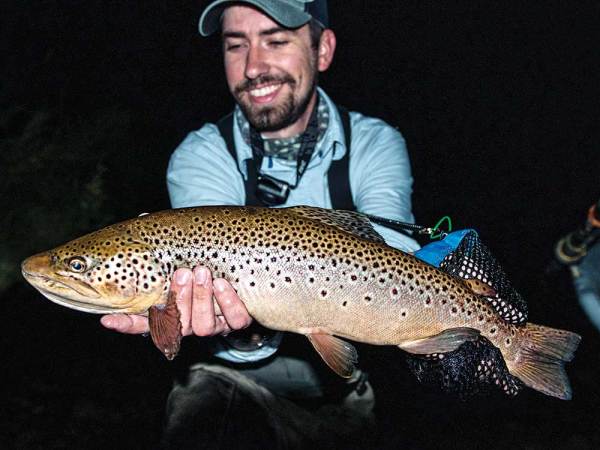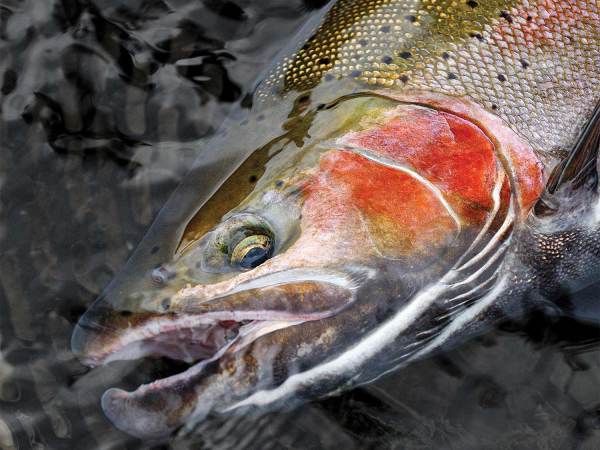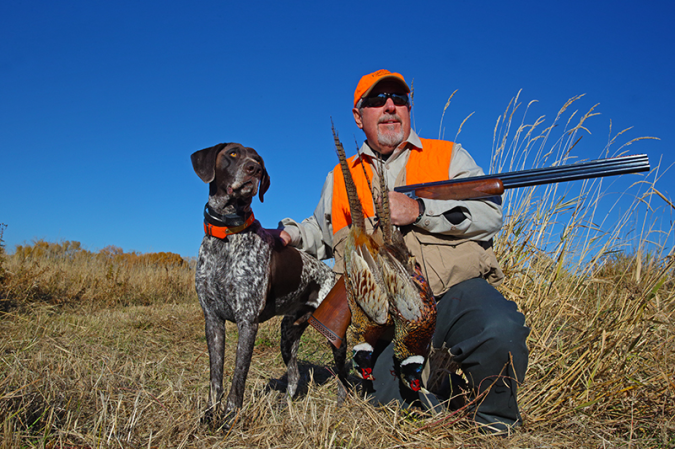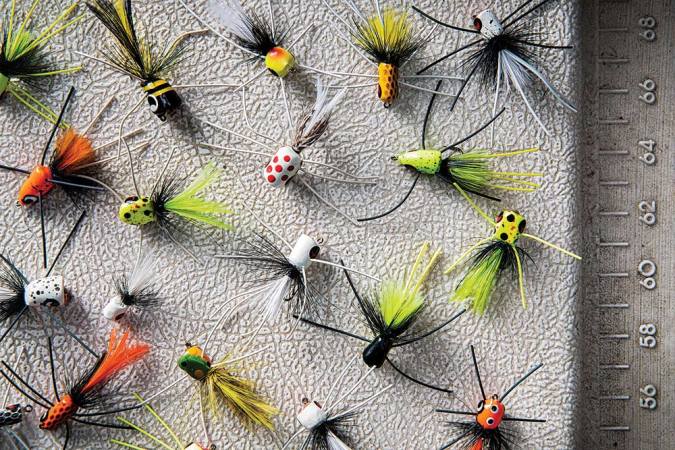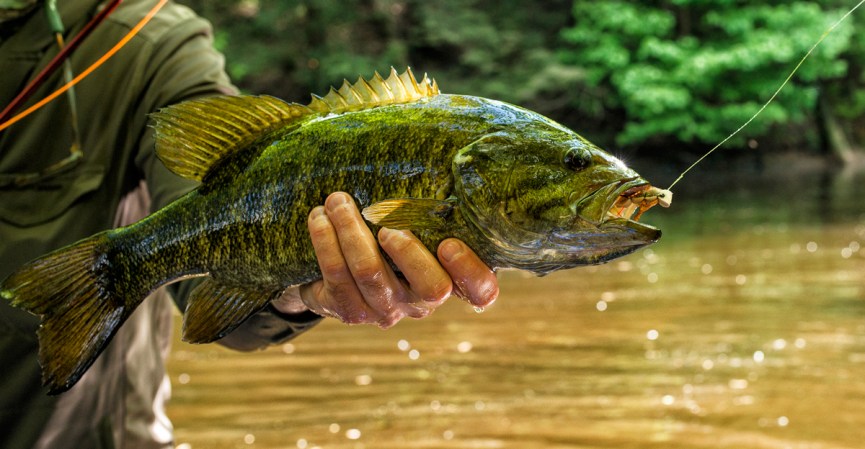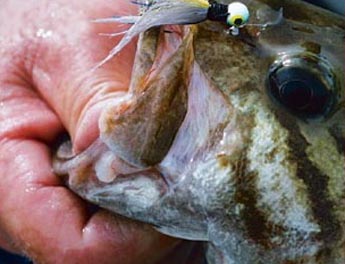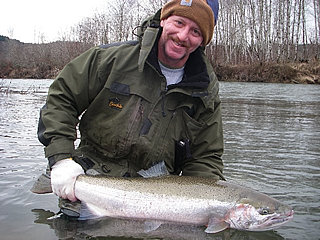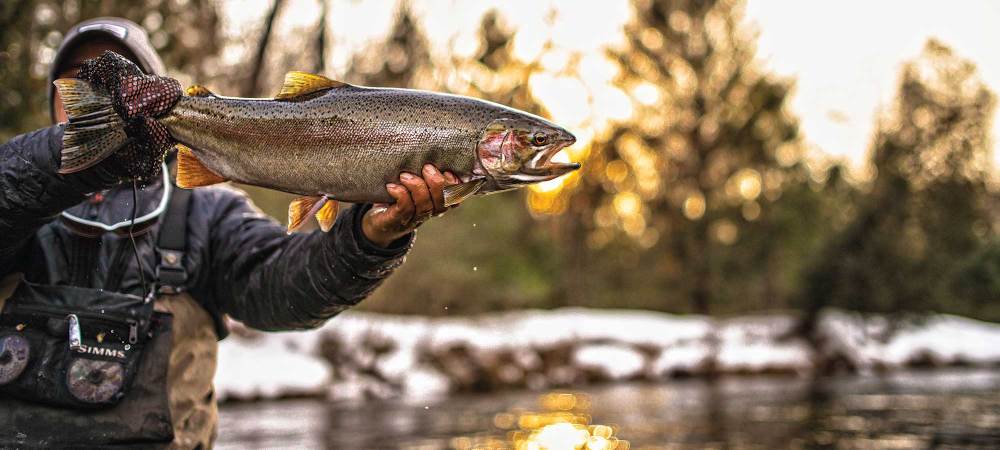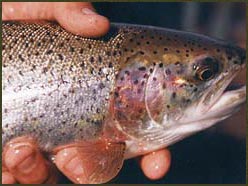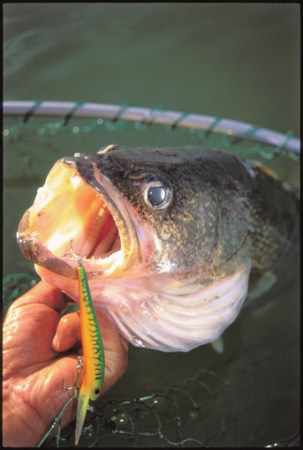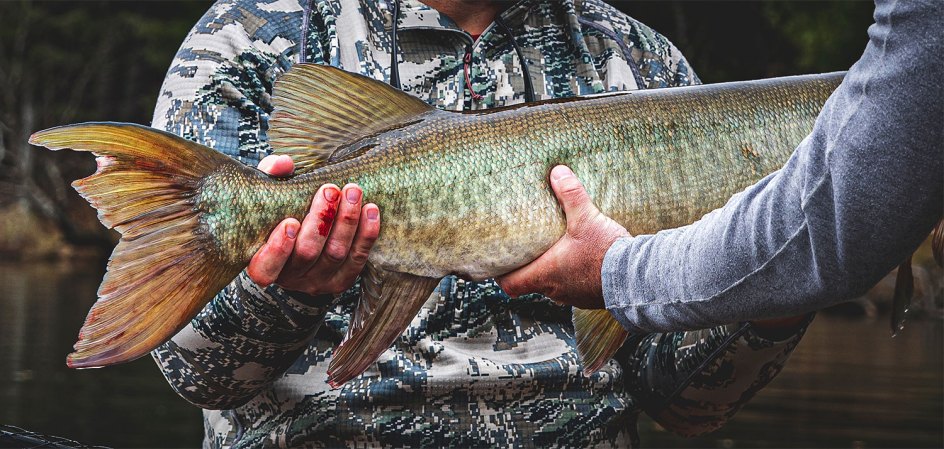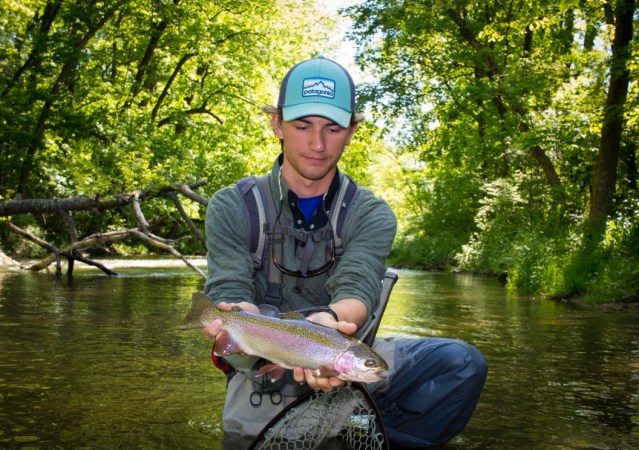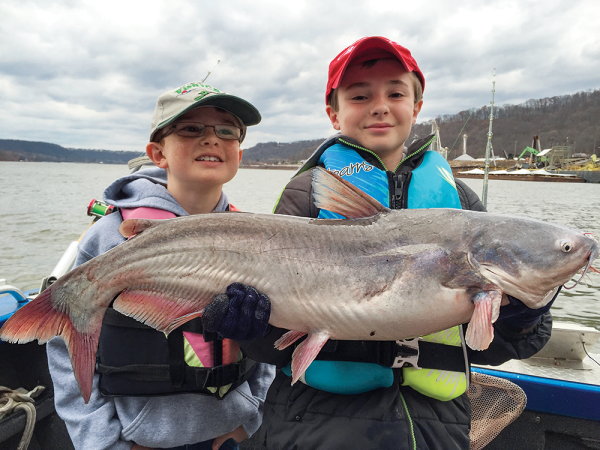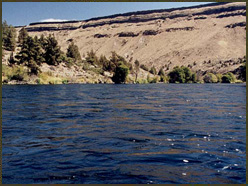Fly-fishing can be intimidating to learn, especially with all the talk about how it’s a “fine art form.” Although fly-fishing does take years to master, that isn’t what you should be thinking about when you start out. Focus on catching fish instead. Here are nine gaffs most rookies make, and the fixes to keep lines tight from the get-go.
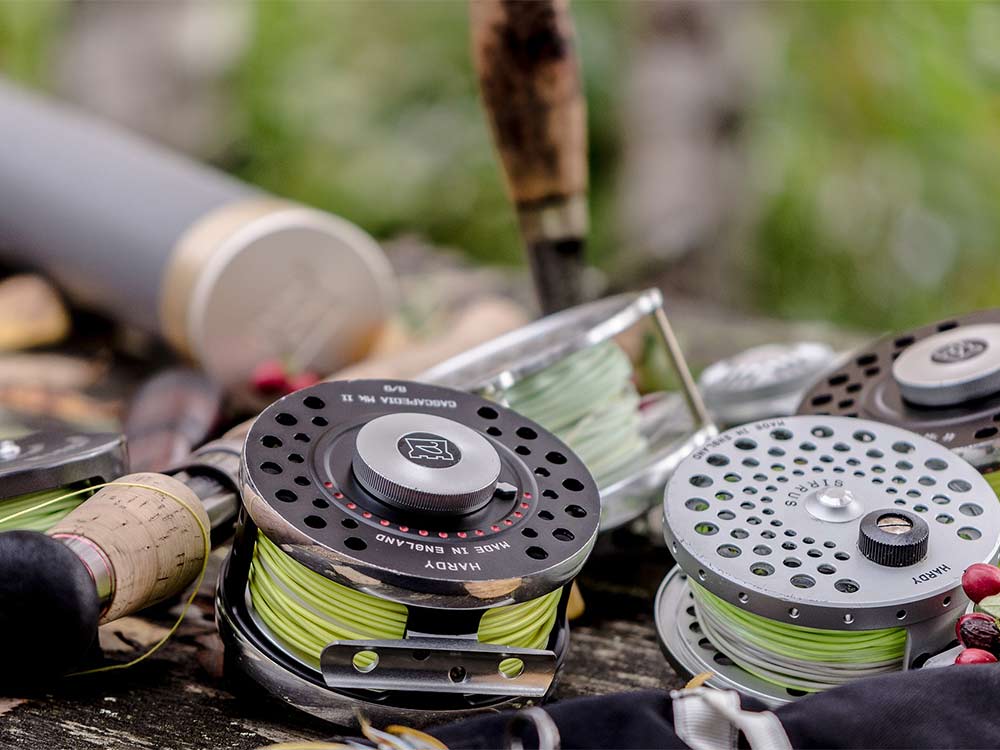
Fly-fishing is far pricier than conventional shore fishing, and most rod and reel combos are priced in the hundreds. That’s not to mention the waders, $5 flies, and the array of other accessories people buy. Don’t worry about all that. A cheap, basic setup will do just fine. Hold off on buying waders as well. Learn how to fish from the shore first. When you eventually upgrade your gear, pass down your old stuff to another new angler.
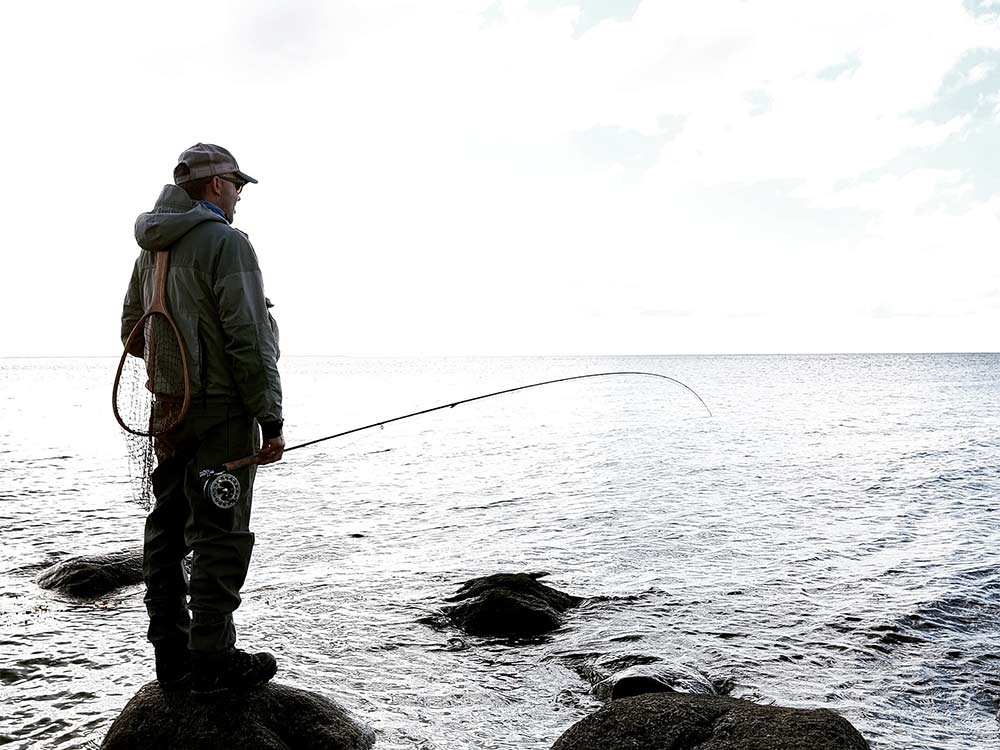
“Keep it simple” is Outfitting and Education Manager at Trout’s Fly Fishing Dave Lovell’s main piece of advice. This is pretty sound guidance for beginner fly fishers. Don’t get bogged down by the new lingo and difficult techniques; Just fish as much you can.
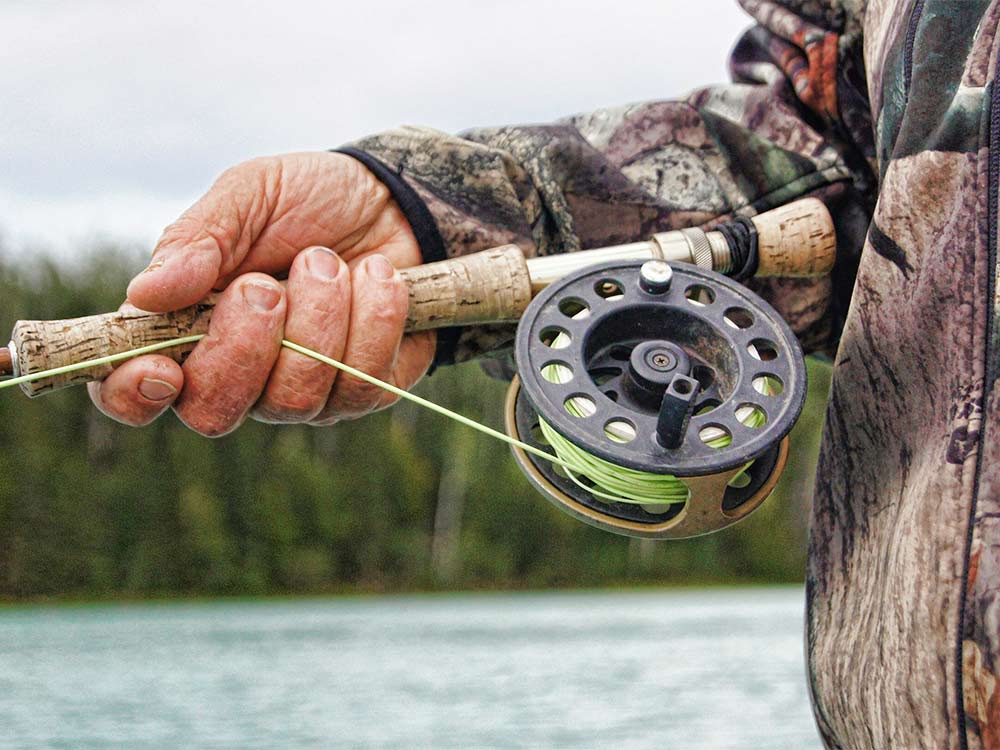
“Most of my clients think casting is all about wrist motion, and it’s about more than just the wrist,” says Lou Bruno, who runs the Adirondack Fly Fishing School in upstate New York. He recommends practicing casting without moving your wrist at all. Beyond that, he stresses the importance of the five essentials of fly casting: 1) straight line tip path, 2) a pause at the end of each front and back cast, 3) constant acceleration of the rod, 4) correcting your casting arc, and 5) eliminating slack line.
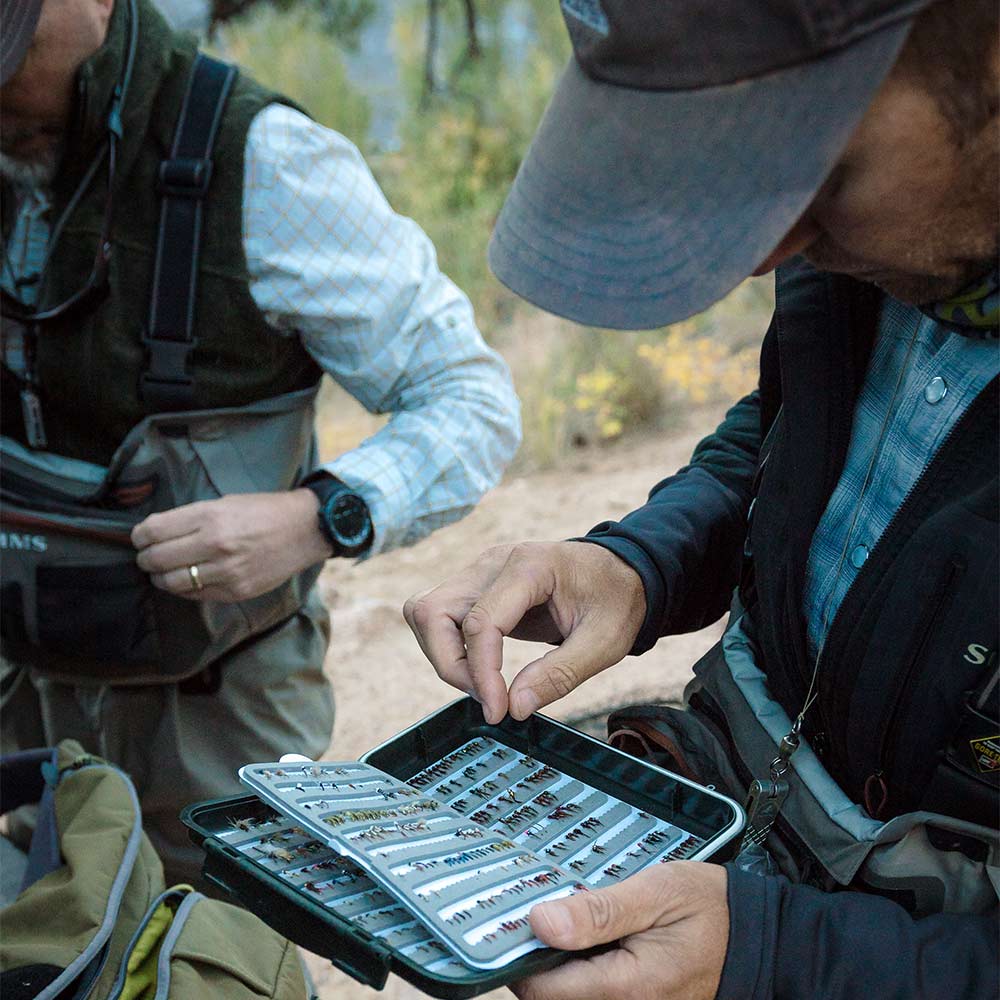
“Marketing is very powerful,” says Bruno. “When someone goes in to buy a fly, they look at all of the pretty flies, and a lot of the flies that are being tied are for the fly fisher—not to catch fish.” Instead of shelling out for these flashy flies, choose your flies based on the size, shape, and color of the bugs you’re seeing in or above the water. Then, focus on your presentation rather than finding a “magic fly.” Bruno, himself, typically only uses one or two go-to flies.
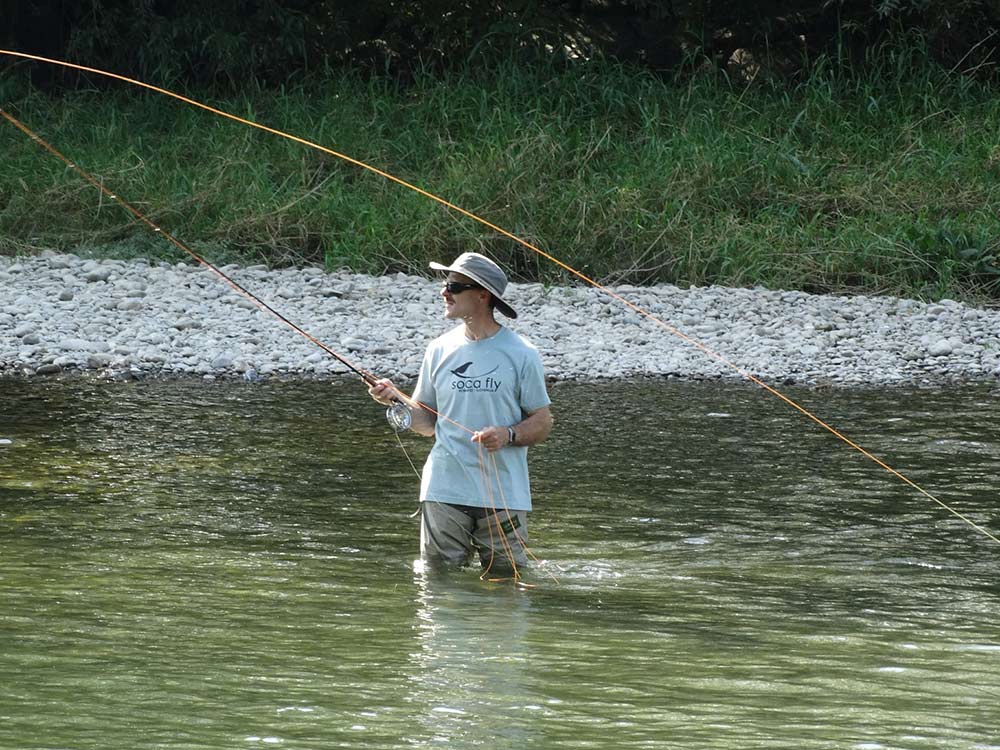
Beginners often try ambitious, long casts without understanding how to keep the presentation natural. Use shorter casts to work around the shore and the edges of nearby water structures as much as possible. Point your rod tip at the fly and follow its path to make sure it moves naturally with the current. “The nice thing is we have two feet and can often just walk closer to the fish,” adds Lovell.
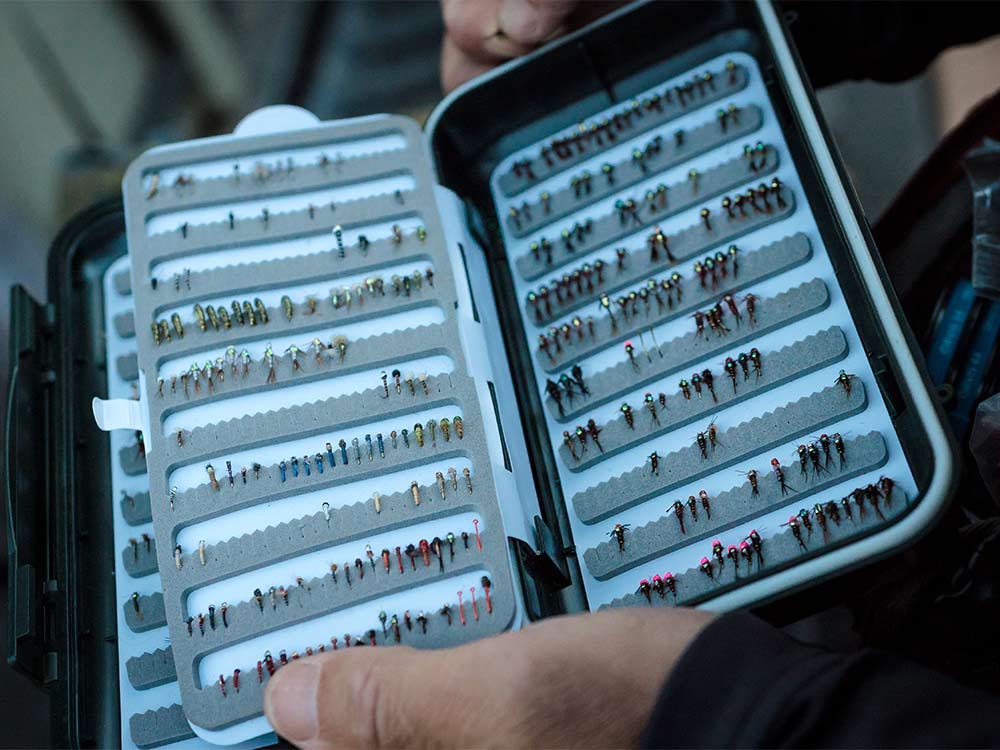
“People often stick to a dry fly because it’s easy and they can see it,” says Bruno. “You not only want to fish the top of the water, but also the subsurface and mid-surface.” Change it up by using more nymphs, emergers, and streamers. Even better, tie on dry dropper or double dropper rigs to hit multiple layers of the water simultaneously.
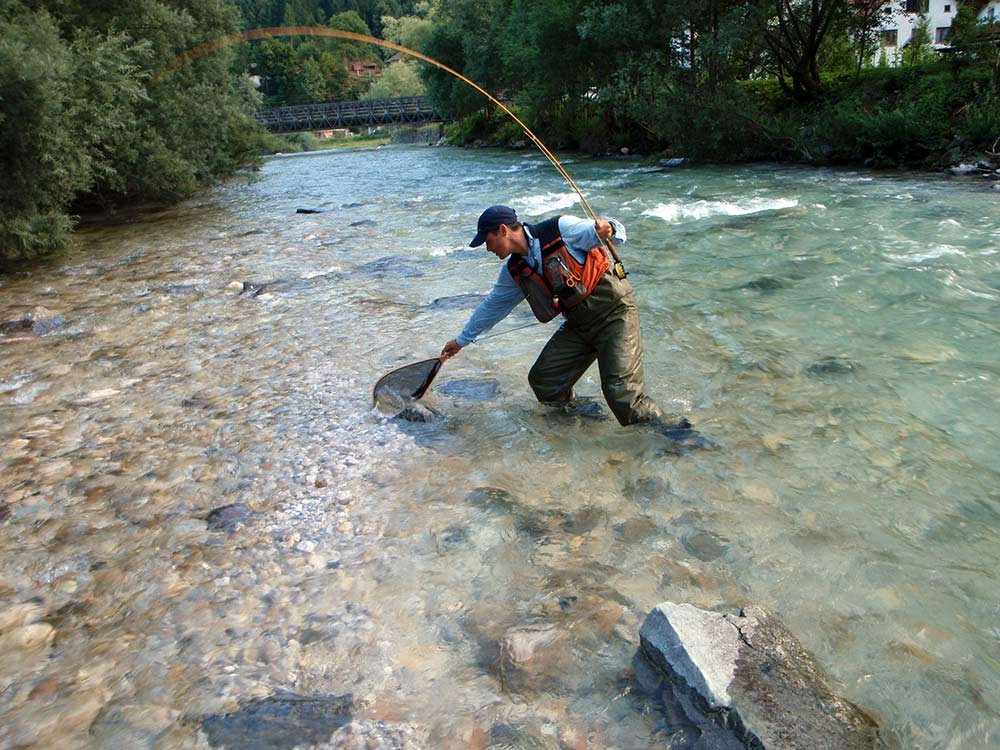
“If you go to the stream on the right bank, you always think fish are on the left bank,” says Bruno. “We always think that the fish are away from us.” This tendency overlooks the prime spots on the near bank. Read the water before you approach it. Then, fish it in micro-sections, starting closest to you. Never wade into water you haven’t already cast to.
Read Next: Super Flies: Deer Hair Bass Bugging is Back
“Make sure you always set downstream because the fish are always going to be facing into the current, eating and trying to get that oxygen going through their gills,” says Lovell. “A lot of times folks will either pull their rod upstream or directly upward, which can pull the fly out of the fish’s mouth.” Lovell has a creative solution. He advises anglers to think of setting the hook like throwing a Frisbee downstream. The movement should be quick and assertive, but not too powerful.
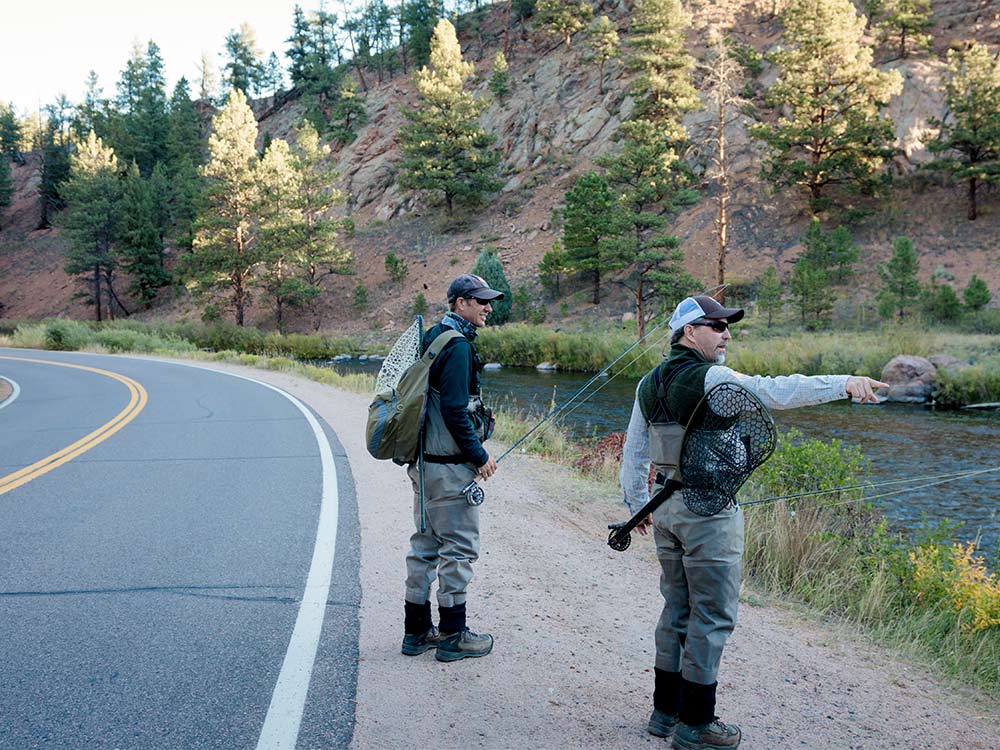
Make a point of asking other anglers what’s worked for them. Most experienced anglers are more than happy to share tips with newbies, so long as you don’t try to poach their spots. Odds are you’ll learn new strategies that help you land more fish.
In that spirit: What tips do you have for other new anglers? Let us know in the comments.
